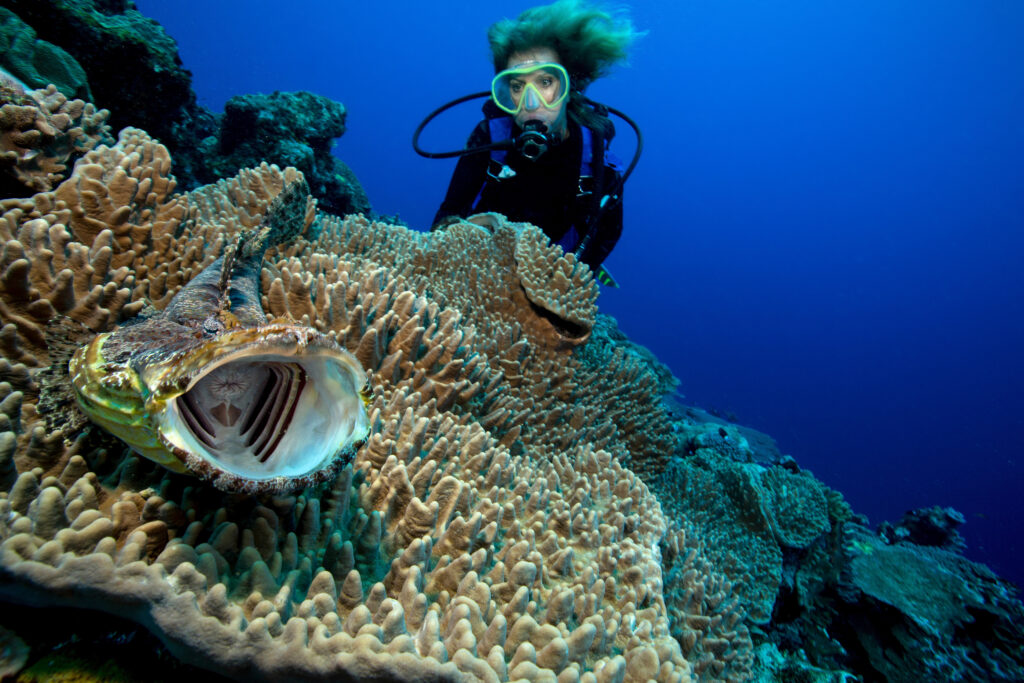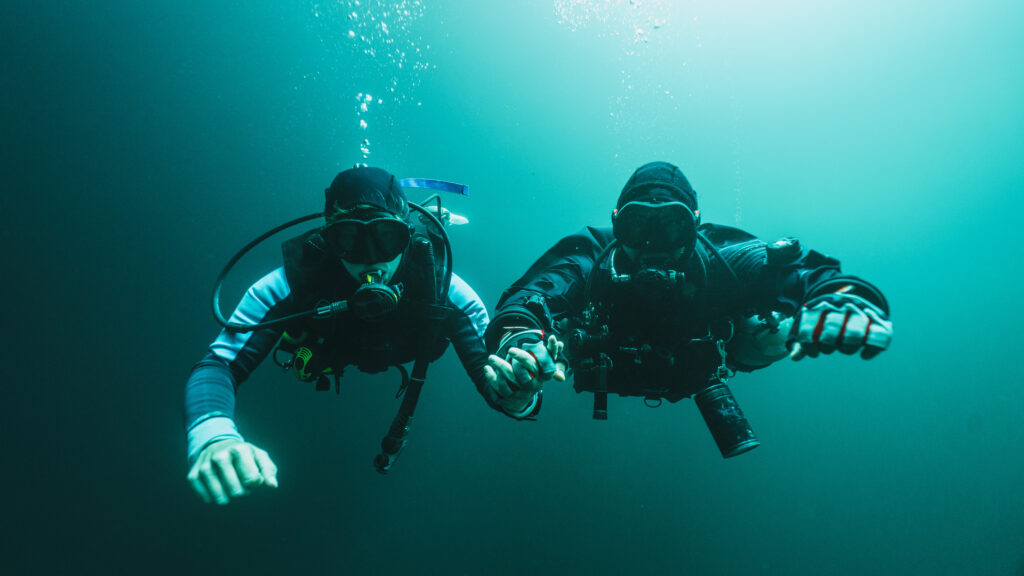What are Hand Signals when Scuba Diving?

Hand signals are an essential means of communication for scuba divers, facilitating the sharing of crucial information underwater. As verbal communication is virtually impossible while diving, hand signals allow divers to alert their buddies to potential dangers, convey their physical and emotional state, and indicate changes in direction or depth. This entry will provide an overview of the various hand signals used in scuba diving, as well as their meanings and importance in ensuring a safe and enjoyable diving experience.
What is Entry when Scuba Diving?

Entry techniques in scuba diving are critical for ensuring diver safety and environmental preservation. Proper entry methods allow divers to enter the water with minimal risk of injury and help protect marine environments from damage. Understanding and mastering various entry techniques is essential for divers of all skill levels, as it impacts both the initial moments of the dive and the overall diving experience.
What is Overweighting?

Overweighting in scuba diving refers to the practice of using more weight than necessary to achieve neutral buoyancy underwater. Proper weighting is crucial for maintaining control, safety, and efficiency while diving. Overweighting can occur due to various factors, including misconceptions about the amount of weight needed, incorrect gear configuration, and psychological influences. Understanding the implications of overweighting and how to manage it is essential for divers of all levels to ensure a safe and enjoyable underwater experience.
What is a Dump Valve?

A dump valve, also known as a bleeder valve, is an essential component of a buoyancy control device (BCD) used in scuba diving. Its primary function is to allow divers to release air quickly from their BCD in certain situations, such as during an emergency rapid ascent. This entry will explore the design, function, and safety measures of a dump valve, with a particular emphasis on its role in ensuring a safe and enjoyable diving experience.
What is a Buddy Check?

What is a Buddy Check? A buddy check is an essential safety procedure in scuba diving, designed to ensure that both the diver and their dive buddy are fully prepared and equipped for their underwater adventure. This 1000-word entry will provide a comprehensive overview of the buddy check process, its importance, the key steps involved, […]
What is Buddy Breathing?

What is Buddy Breathing? Buddy breathing is a vital emergency procedure in scuba diving that involves the sharing of a single air supply by two or more divers when one diver’s air supply is exhausted or unavailable due to equipment malfunction. This life-saving technique is an essential component of scuba diving training and serves as […]
What is a Buddy when Scuba Diving or Freediving?

A “buddy” in scuba diving or freediving refers to a designated diving partner who accompanies another diver during their underwater experience. The buddy system, a central part of these activities, was designed to enhance safety and promote teamwork. The buddy concept involves two divers working together, keeping an eye on each other, and offering help when necessary. This system is critical for ensuring that both individuals have a safe and enjoyable time underwater.
What is an Alternative Air Source?

An alternative air source is an essential piece of safety equipment for scuba divers. In the event of a primary air supply failure or other emergency situations, an AAS allows the diver to access an additional source of breathing gas, providing crucial time to safely ascend to the surface. By ensuring divers have an alternative air source, the risk of drowning or other serious accidents is significantly reduced.
